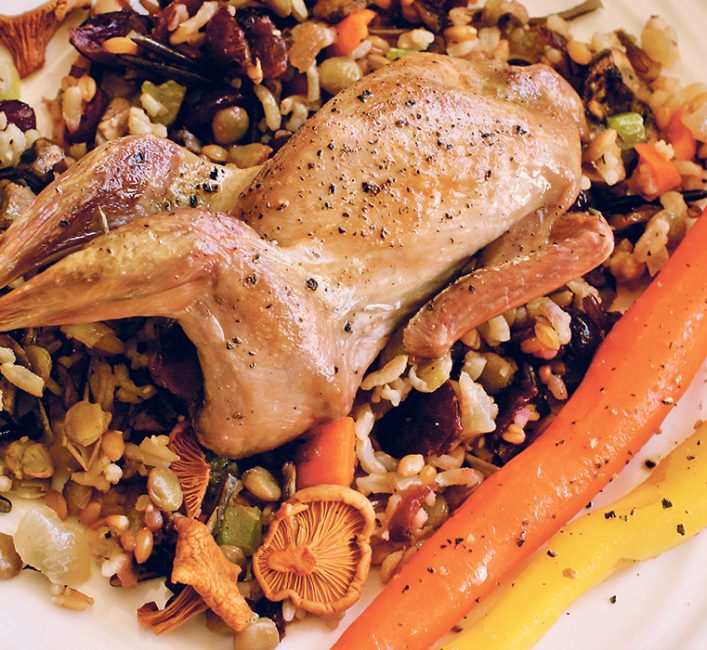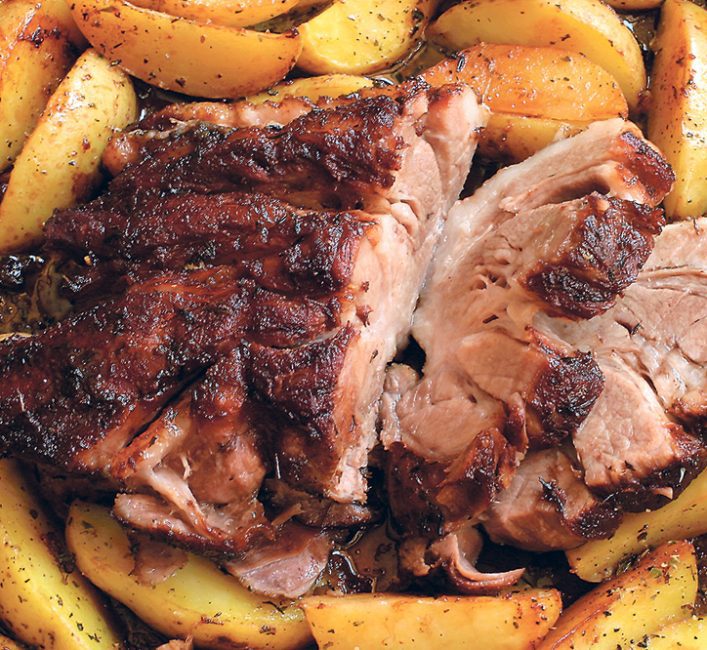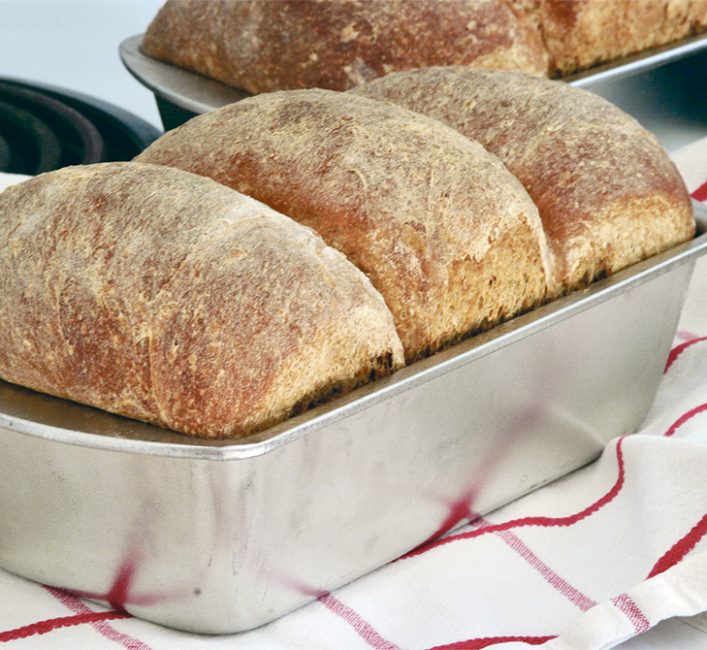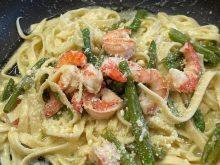Twenty years ago Food Day Canada was established through the Parliament of Canada. It is celebrated on the first Saturday every August.
Anita Stewart, a broadcaster, food writer and activist who has been called the “patron saint of Canadian cuisine,” worked tirelessly to make this a reality. She championed chefs and home cooks alike, traversed this vast country from coast to coast to coast encouraging Canadians to appreciate the world of food we have right here at home.
I met Stewart in Kelowna in 2014 at a food and wine writers’ workshop where she was a featured presenter. It was obvious at that time she was deeply revered for her research into and support of food produced, foraged and presented in Canada.
Read Also

Fuel rebate rule change will affect taxes and AgriStability
The federal government recently announced updates to the fuel rebates that farmers have been receiving since 2019-20.
Stewart passed away from cancer in 2020 but the legacy continues.

Food Day Canada encourages everyone to shop, cook and dine Canadian.
“It’s a chance for all Canadians to join hands in one massive celebration in praise of our farmers and fishers, our chefs and researchers and, above all, our home cooks,” states the Food Day Canada website.
Smoked salmon with fresh cheese
- hot smoked salmon
- fresh cheese
- preserved lemons, capers, red onion
- baguette
- crisp chili sauce
- lemon wedges
- Seafoam Seafood’s hot smoked pink salmon from Port Renfrew, B.C., and Little Qualicum Cheeseworks’ fresh cheese are a perfect pairing.
- Serve with a baguette, finely chopped preserved lemon rind and red onion, capers, crisp chili sauce and fresh lemon wedges.
Prairie pilaf
- 1/4 c. wild rice 60 mL
- 1/4 c. each beluga or green lentils, einkorn berries, brown basmati rice 60 mL
- 2 tbsp. canola oil 30 mL
- 1/2 c. each yellow onion, celery, carrots 125 mL
- 1/2 c. button mushrooms 125 mL
- .3 oz. wild mushrooms, reconstituted 9 g
- 1/2 c. dried cranberries 125 mL
- salt and pepper, to taste
- Half fill a medium-sized pot with water and bring to a boil. Add one teaspoon (5 mL) salt and the wild rice.
- Since wild rice takes about 45 minutes to fully cook, it will be added to the pot first. After 30 minutes, add brown rice, einkorn berries and lentils to the same pot and continue to boil for 15 minutes. Add more water as needed.
- Meanwhile, finely chop onion, carrot and celery. Sauté with canola oil in a medium-sized sauté pan until tender and slightly browned.
- Add roughly chopped button mushrooms and the soaked, chopped wild mushrooms. Continue to sauté until the mushrooms are fully cooked and any water that was released has evaporated.
- When the grains are cooked to al dente, pour into a large colander that has been placed in the sink to drain. Cover with a clean kitchen towel to let them steam for a few minutes.
- Add the rice and grains to the sauteed vegetables. Add cranberries. Adjust the seasoning, if necessary. Use fine kosher salt or sea salt.

Greek roasted pork shoulder
- 4.4 lb. pork shoulder, boneless 2 kg
- 3-4 sprigs thyme
- 3-4 sprigs sage
- 1/2 c. red wine 125 mL
- 1 tbsp. honey 15 mL
- For the brine:
- 4 c. lukewarm water 1 L
- 1 1/2 c. white wine 375 mL
- 1/4 c. kosher salt 60 mL
- 6 each allspice berries, whole cloves, bay leaves, peppercorns
- 1 stick cinnamon
- 2-3 sprigs thyme
- For the rub:
- 1 tbsp. honey 15 mL
- 1/4 tsp. ground cloves 1 mL
- 1/2 tsp. garlic powder 2 mL
- 3/4 tsp. mustard powder 3 mL
- 1 tsp. dried marjoram or thyme 5 mL
- 1 1/2 lb. potatoes peeled and cut into two-inch/5 cm pieces, optional 750 g
- salt, pepper and dried oregano, to taste, for the potatoes
- Brine the pork roast the night before.
- Combine all brine ingredients in a bowl that will fit the roast and allow it to be completely covered with the liquid.
- If the pork shoulder has a thick skin of fat, remove some but not all of it with a meat knife. If you want the crackling on top, score the fatty skin on the top surface of the meat creating criss-cross lines.
- Place the prepared roast in the bowl and cover with plastic wrap or its lid and place in the refrigerator overnight.
- The next day, remove the pork from the brine. Pat it dry.
- Preheat oven to 325 F (160 C).
- Place the pork in a roasting pan with a lid or use a plain baking pan that is slightly bigger than the pork.
- In a small bowl, combine all the ingredients for the rub, and then rub it all over the top surface and sides of the meat.
- Add the sprigs of thyme and sage to the pan. Add red wine.
- Put the lid on or cut a big piece of parchment paper and cover the pan with it. Add a piece or two of aluminum foil on top as well and secure the edges.
- Place the pan in the oven and slow-roast for two to three hours.
- Meanwhile, if you wish to cook the potatoes, boil them in salted water for 10 minutes. Drain water and set aside.
- After the long, slow roast, remove the pan from the oven without uncovering it.
- Raise the oven’s temperature to 425 F (220 C). Wait for 10 minutes.
- Uncover the pork. Carefully remove most of the liquid from the pan and save in a small bowl. Leave only a very thin layer that covers the surface of the pan. Set the parchment and foil aside to use later.
- Place the potatoes around the pork.
- Using a tablespoon, skim off some fat that has risen on the surface of the pork liquid you just drained. Drizzle this fat over the potatoes — about six tablespoons (90 mL) of it.
- Season the potatoes very lightly with salt, pepper and oregano. Place the pan back in the oven and roast for 30 minutes.
- Then remove the pan from the oven. Carefully transfer the pork shoulder to a serving plate.
- Cover with parchment paper and foil to let meat rest for 20 minutes.
- If the potatoes need more time to become nice and crispy on the edges, return them to the oven and reduce heat to 400 F (200 C). Toss and squeeze them with a spatula to make them even crisper.
- To serve, cut thin slices of the pork and serve along with the potatoes.

Maritime brown bread
- 1 c. warm water 250 mL
- 1 tsp. sugar 5 mL
- 1 tbsp. yeast 15 mL
- 1/2 c. fancy molasses 125 mL
- 1 c. rolled oats 250 mL
- 2 tbsp. butter 30 mL
- 2 tsp. salt 10 mL
- 1 c. boiling water 250 mL
- 1 c. cold water 250 mL
- 2 c. whole wheat flour 500 mL
- 6 c. all-purpose flour 1.5 L
- In a small bowl, dissolve sugar in the one cup of warm water and sprinkle over the yeast. Leave for five to 10 minutes.
- In the bowl of a stand mixer combine molasses, rolled oats, butter and salt. Add the one cup (250 mL) boiling water, whisk and then add the one cup (250 mL) cold water. Stir in yeast mixture.
- Using the dough hook in a stand mixer add flour gradually. The dough will be quite sticky at first but will gradually become more workable. Don’t add too much flour and make it very stiff.
- Prepare loaf pans by greasing generously or lining with parchment paper. Cut dough in half to make two loaves of bread.
- Then cut each loaf portion into three pieces and gently shape into a small loaf. Use as little flour as possible, just enough to keep the dough from sticking to your hands.
- Place three small loaves in each bread pan.
- Cover pans with a clean kitchen towel and set in a warm place to rise until almost double in size, about 1 1/2 hours.
- Remove towels and bake at 325 F (160 C) for about an hour. It is best to use an instant-read thermometer to judge doneness with this bread.
- It is a very dense loaf and may take longer and be more difficult to judge. An internal temperature of 190 F (88 C) indicates it is fully cooked.
- Remove from oven and let cool about five minutes before removing from pans to cool. Cool for about an hour before slicing.

















